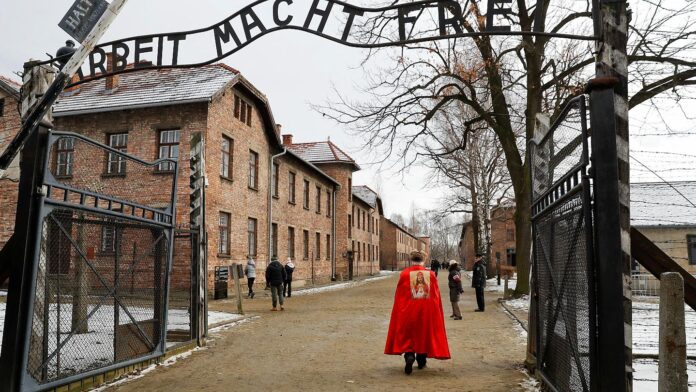
Nowadays, it is difficult for us to imagine situations that we know from stories or books that show us life during World War II. The concentration camp that was established in Oświęcim was the largest Nazi camp on Polish soil and beyond. What we can see today in the museum that is open to the public is only a piece of the history that this place lived through. Take a short journey to the past, and see, how was it like.
Before you make the trip there, it’s a good idea to familiarize yourself with some of the amazing facts that have come to light through the investigations of historians and the stories of surviving prisoners of the death camp.
Visit the Auschwitz Museum and learn about the history of your ancestors
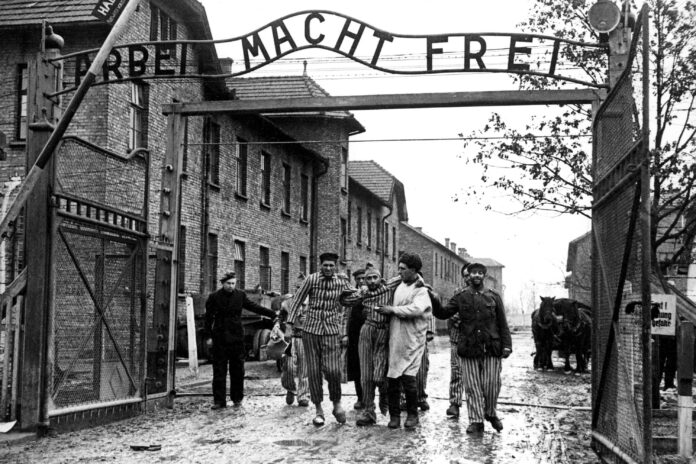
Oswiecim is a small town located in the south of Poland. Although the town has a rich and interesting history, over 800 years old, and a beautiful Old Town, it is not usually the main purpose of visiting this town by thousands of tourists from all over the world. The city is known both nationally and internationally as the city where the Nazis built the Auschwitz-Birkenau concentration camp. Today it is home to the Museum of the same name, which is visited by countless tourists. You can take a city bus from Katowice, which is only 28 km away. The same applies to the capital of Malopolska – Krakow. From the bus station, located right next to Galeria Krakowska, on Pawia Street, choosing one of the city buses, you will reach the Auschwitz-Birkenau Memorial and Museum.
If you live near Krakow or Katowice, you won’t have too much trouble getting to Auschwitz. The place has great logistical connections to these cities. If you don’t use your own car, which will also get you there without any problems, and also there will be a parking lot waiting for you, you can always use public transportation. Ticket prices are really decent and the trains and buses run very frequently.
With a guide, always better!
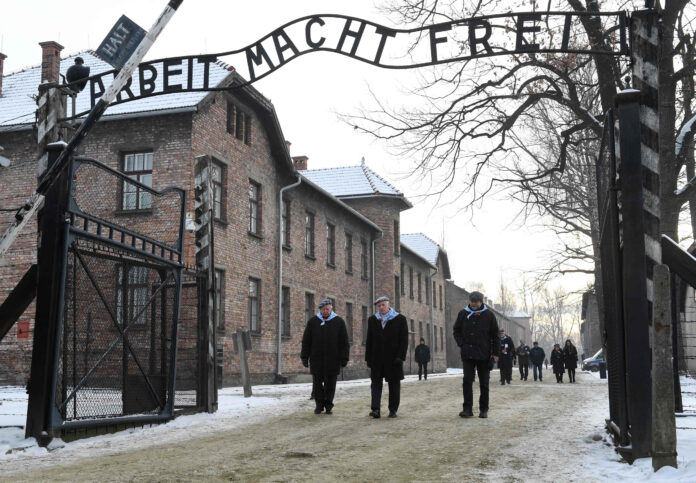
If you want to really get to know the history that claimed the lives of millions of people in an interesting and thorough way, it’s worth booking a ready-made tour organized by KrakowDirect from Krakow. The price includes transport and entrance tickets, as well as the care of a multilingual guide. Especially if you come from abroad, it is worth to decide on this option.
What does the camp look like today?
In general, the museum that we can visit today gives us a picture of the largest camp that was established on Polish soil. Many of the original buildings have been preserved there, including the living quarters of the prisoners who were held there, and the most recognizable from the large sign, the awe-inspiring main gate. The resulting camp consists of three parts. The first of these is Auschwitz-Birkenau I. A prisoner of war camp where cruel and horrifying medical experiments were performed on prisoners. Living people were treated like guinea pigs, for whom no one had the slightest respect. The second part, today known as Auschwitz-Birkenau II, is the second part of the camp where over a million people of Jewish origin were murdered. It is impossible to imagine how many lives this place took. The last part – Auschwitz-Monowitz – is the remaining area of the concentration camp and place of forced labor, where prisoners worked in the production of rubber and heavy, poisonous chemicals.
Interesting facts about life in the camp
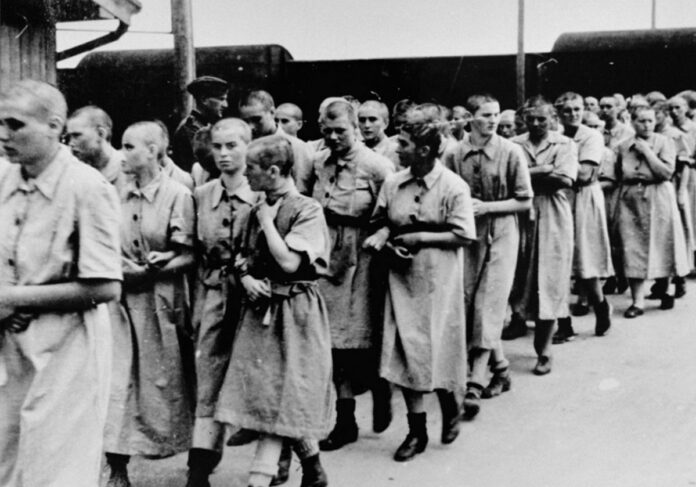
- Prisoners were subjected to daily torture and starvation. The human body in a state of malnutrition is not able to function normally, let alone do hard, physical work. Unfortunately, no one paid attention to this at the time, and the prisoners were treated like guinea pigs rather than human beings. In a state of emaciation, hunger and terrible cold, they worked all day and night for a single piece of bread or a splash of water with some food left over.
- Women were molested, raped, and forced to do hard labor. There was no way to give birth or take care of their hygiene under normal conditions. Insults, violence and abuse were the order of the day there. It was hard to believe that man could do so much harm to man.
- Every day there were marches, with music praising the German people, during which the prisoners marched to their deaths. Literally. They told them that they were going for a bath, to the common changing room. But the truth was quite different. Those who were unfit for work had no right to live.
- German doctors, sick psychopaths, carried out complicated experiments on living people to prove their theses or test their curiosity. Interestingly, this later had no small connection to the activities of NASA….
- Prisoners were assigned numbers. The concept of human dignity did not exist at that time. In particular, people of Jewish nationality, Polish nationality, or from our area, were equated with hatred.
The mysterious death of the leader of the Third Reich
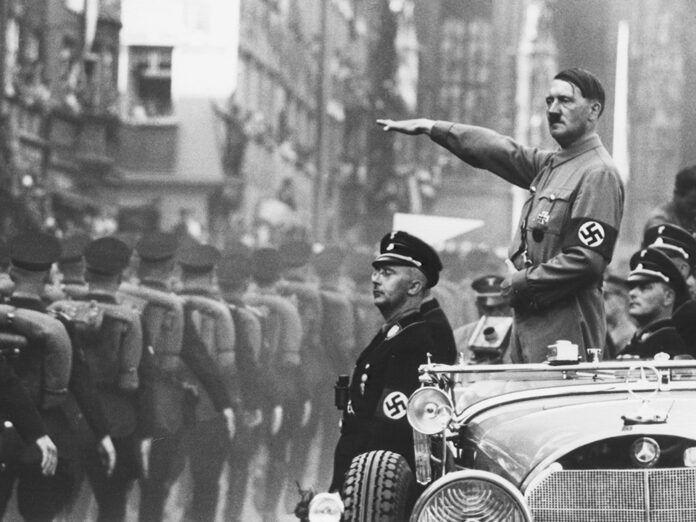
The death of leader Adolf Hitler remains a mystery to this day. There were different variants of this story. However, the committed suicide was certainly blunt evidence of the collapse of the entire criminal project of the Third Reich, which he led. Germany’s most famous dictator chose to shoot himself in the head to avoid falling into the hands of the Red Army. It is easy to conclude that they would have brought him before a military tribunal that would have decisively grounded his exterminator manner of rule. His death was accompanied by much more dramatic events. If you are curious about the fate of the leader of the Third Reich, it is worth delving into the literature or the widely available biographical films, available both on the internet and on television. Conspiracy theories about Hitler’s death abound, and some suspect that the leader was actually alive long after he officially committed suicide.











